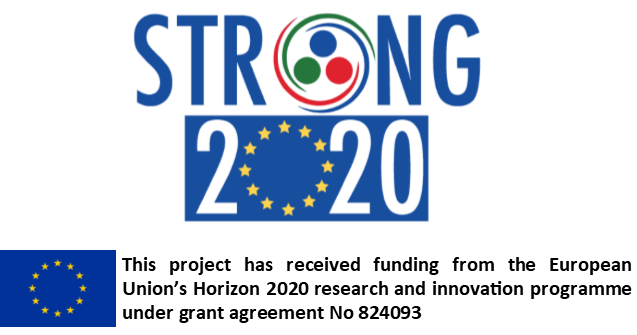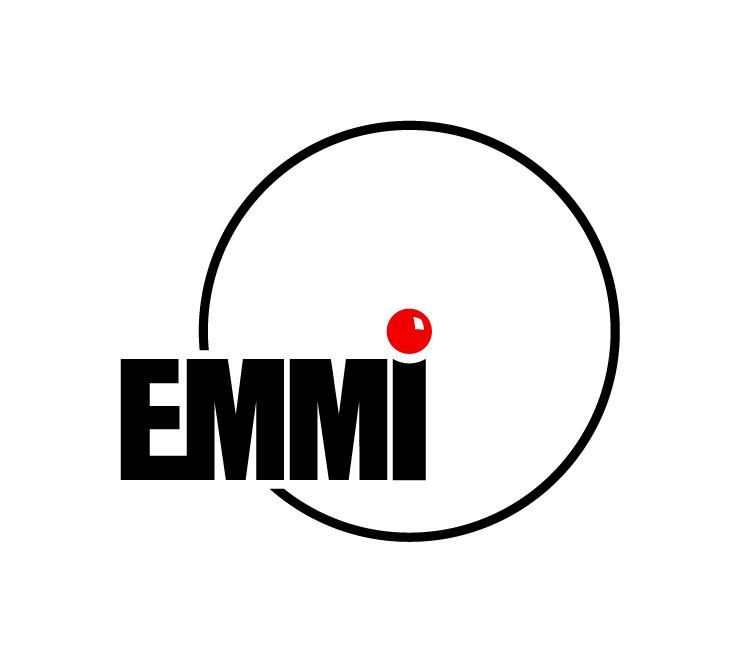The workshop intends to discuss existing results in nuclear astrophysics and to identify key reactions for which the stable and RIB facilities need to assess information of interest for nuclear astrophysics. Physicists working on stellar modeling and observations (astronomy, cosmochemistry …) together with theoreticians and experimentalists working on nuclear reactions will meet with the purpose of identifying stellar scenarios needing nuclear reaction data that make sizable difference in stellar evolution and the optimal methods to obtain them.
The purpose of this workshop is to discuss our current knowledge and questions from the existing results, and to identify key reactions for stable and radioactive ion beam (RIB) facilities where we need to assess information of interest for nuclear astrophysics. From existing sensitivity studies we can list some of the critical reactions that are not known to sufficient precision or require additional experimental studies, e.g. 18F(p,a), 30P(p,g), 25Al(p,g), for novae; carbon and oxygen burning, 23Na(a,p)26Mg, 44Ti(α,p)47V affecting nucleosynthesis and energetics in thermonuclear supernovae; 85Kr(n,g) for the s-process path in AGB stars; 18Ne(a,p)21Na, 18Ne(a,d)19Ne for the ignition of type I X-ray bursts. Similar lists exist for other astrophysical scenarios. Nuclear astrophysics will greatly benefit from the proposed expert discussions between experimentalists and theoreticians to assess the importance and feasibility of key reaction networks.
Discussion will be also focused on reliable tests using direct as well as indirect approaches for nuclear astrophysics and to validate the very existence of many RIB facilities which rely on key reactions as one of their main areas of research. Moreover, once new/improved rates are obtained, stellar modelers will check their impact in the different astrophysical environments of interest with their state-of-the-art codes.




